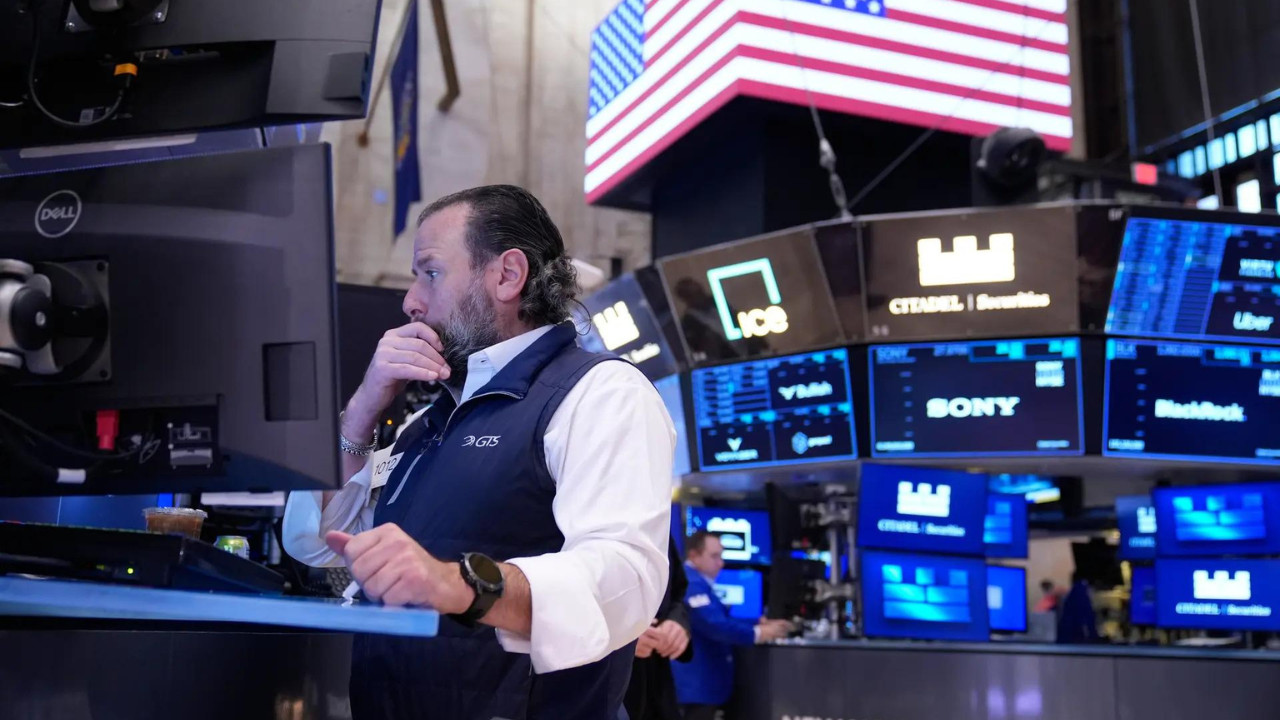Buckle Up: Surge Pricing Gets a Green Light for Ride-Hailing Apps
The next time you’re staring at your phone, watching the estimated fare for your ride home skyrocket during rush hour, you might not be quite as surprised. In a move that’s sure to spark conversation (and maybe a few grumbles), the government has given ride-hailing platforms the go-ahead to implement surge pricing, even during peak times. This decision, recently finalized, acknowledges the reality of supply and demand in the ever-evolving transportation landscape.
For years, the debate around surge pricing has raged. Consumers often feel stung by the seemingly arbitrary price hikes during high-demand periods. However, ride-hailing companies argue that these increases are essential for incentivizing drivers to get on the road when they’re needed most, ensuring that passengers aren’t left stranded, especially during those crucial peak hours.
So, what exactly does this mean for you, the everyday rider?
Well, expect to see more dynamic pricing models in action. While the specifics of how each platform will implement these changes remain to be seen, the core principle is clear: when demand is high and the number of available drivers is low, fares will likely increase. This isn’t entirely new, of course. We’ve all experienced that dreaded surge notification popping up on our screens. The shift lies in the formal acceptance and regulation of this practice.
Why Now? Examining the Government’s Rationale
The government’s decision wasn’t made in a vacuum. Several factors likely contributed to this policy shift. One key consideration is the need to balance the interests of both riders and drivers. Without some form of incentive, drivers might be reluctant to work during peak hours, leading to longer wait times and frustrated passengers. Surge pricing aims to address this imbalance.

Furthermore, the move could be seen as an effort to foster a more sustainable ride-hailing ecosystem. By allowing companies to adjust prices based on demand, the government hopes to encourage more efficient use of resources and prevent scenarios where drivers are idle while potential passengers are left waiting. Imagine a scenario where you absolutely need a ride during a downpour. Surge pricing, while unwelcome, might be the only way to guarantee you actually get one.
Navigating the New Landscape of Ride-Hailing
What can you do to mitigate the impact of surge pricing on your wallet? Planning ahead is more crucial than ever. Try to book your rides outside of peak hours whenever possible. Consider alternative transportation options like public transit, cycling, or even walking if feasible. Carpooling with friends or colleagues is another great way to share the cost and reduce demand.
It’s also worth exploring different ride-hailing platforms. Prices can vary between apps, so comparing fares before booking could save you a significant amount of money. Don’t be afraid to wait a few minutes to see if the surge pricing subsides – sometimes, the algorithms are quicker to react than we anticipate!
The Future of Urban Mobility and Surge Pricing
This decision marks a turning point in the evolution of urban mobility. While the short-term impact on consumers remains to be seen, the long-term implications could be far-reaching. We might see more innovative pricing models emerge, potentially including subscription services, pre-booked rides with fixed fares, or even dynamic pricing based on factors beyond just time of day.
The government’s willingness to adapt regulations to reflect the realities of the modern transportation landscape suggests a forward-thinking approach. However, continued monitoring and evaluation will be crucial to ensure that these changes ultimately benefit both riders and drivers and contribute to a more efficient and equitable transportation system. It will be interesting to watch how ride-hailing platforms respond to this new regulatory environment and how they innovate to provide value to their users. Perhaps this will encourage the development of new technologies and approaches that ultimately make getting around town easier and more affordable.
For more on navigating the complexities of modern transportation, check out our guide on [eco-friendly commuting options](internal-link).
Slug: surge-pricing-ride-hailing
In conclusion, the approval of peak-hour surge pricing presents both challenges and opportunities. Understanding the rationale behind this decision and adopting smart strategies for booking rides can help consumers navigate the changing landscape of urban transportation. While the immediate reaction might be frustration, this policy could ultimately lead to a more reliable and efficient ride-hailing experience for everyone.







